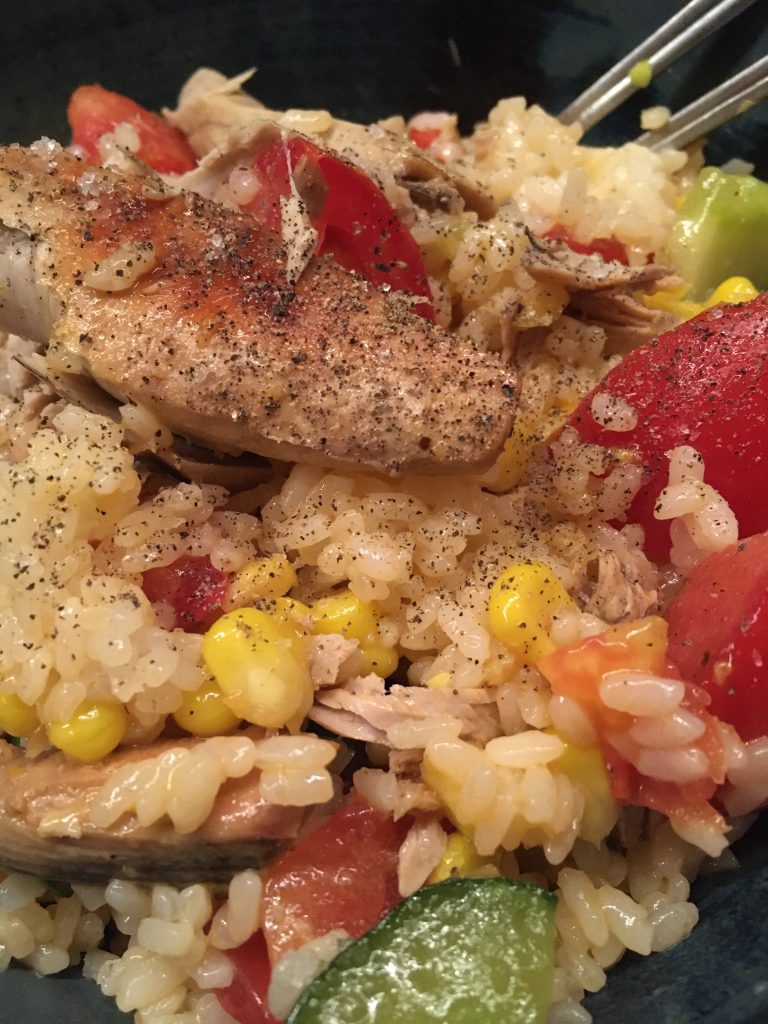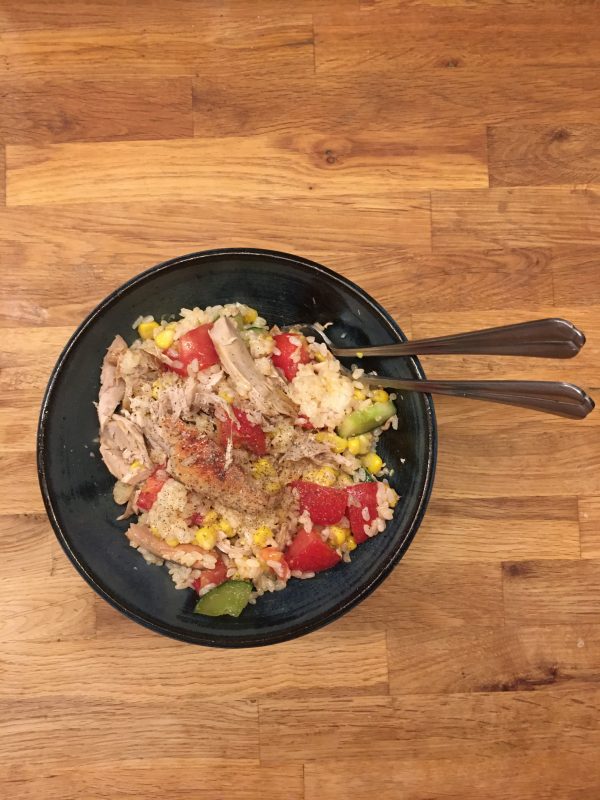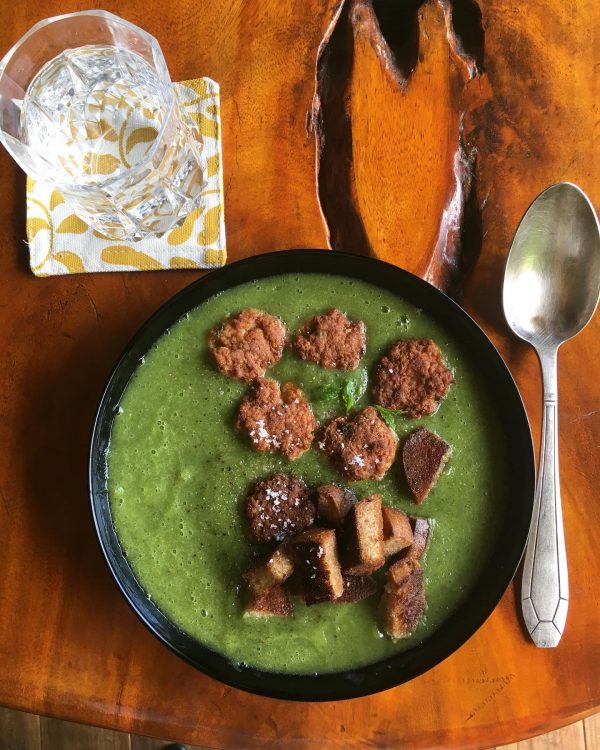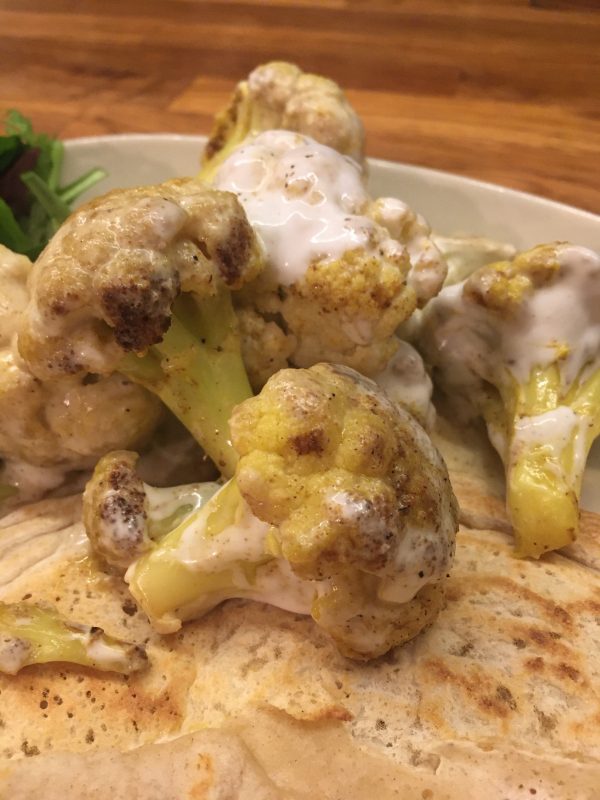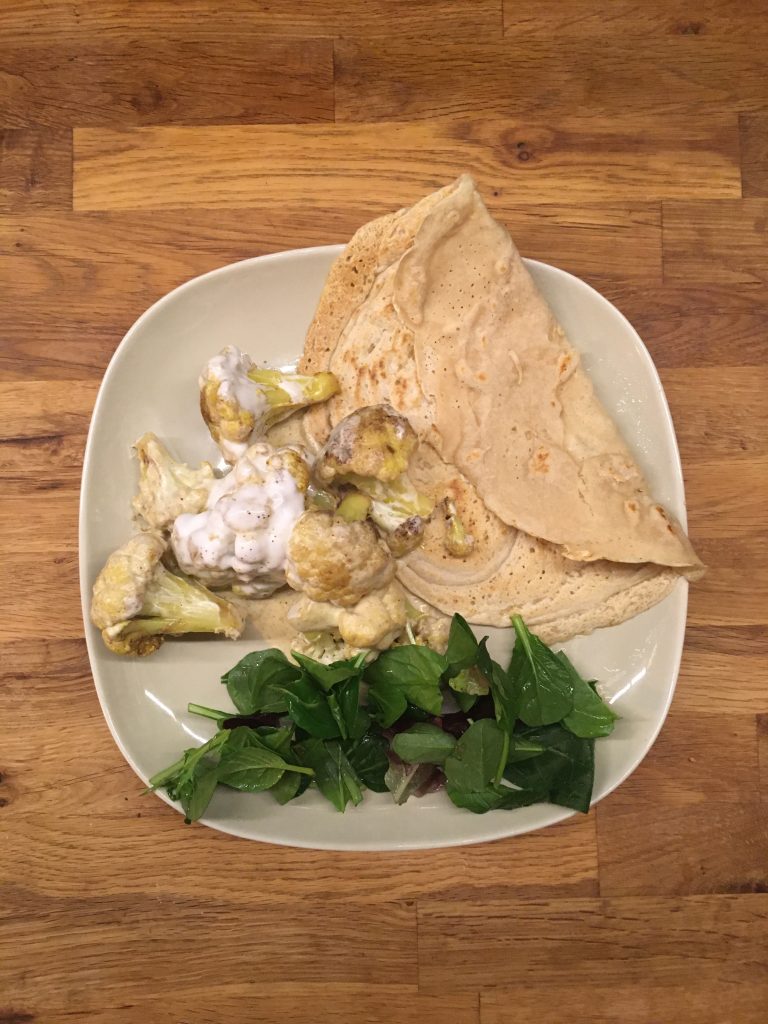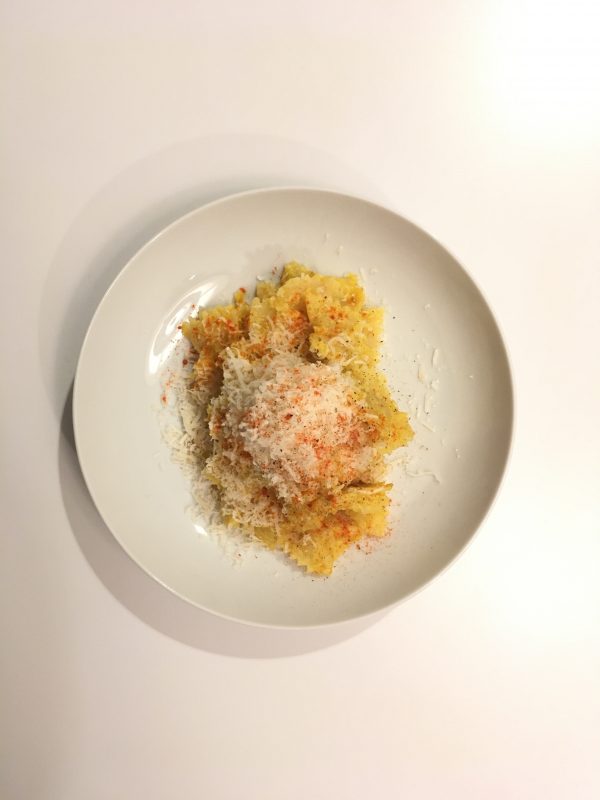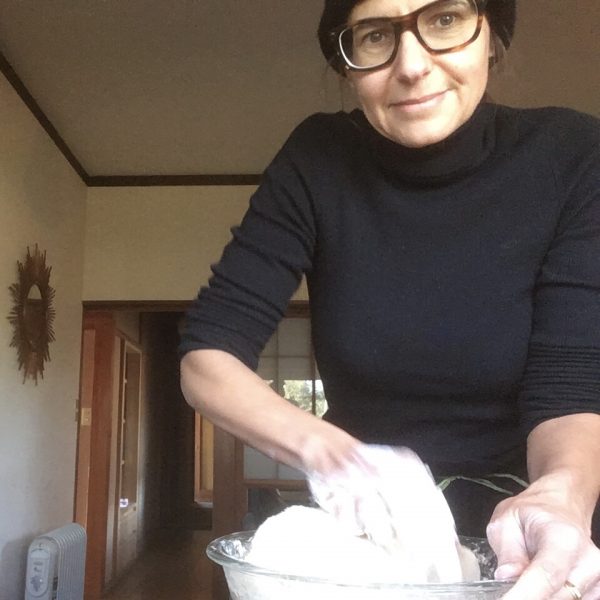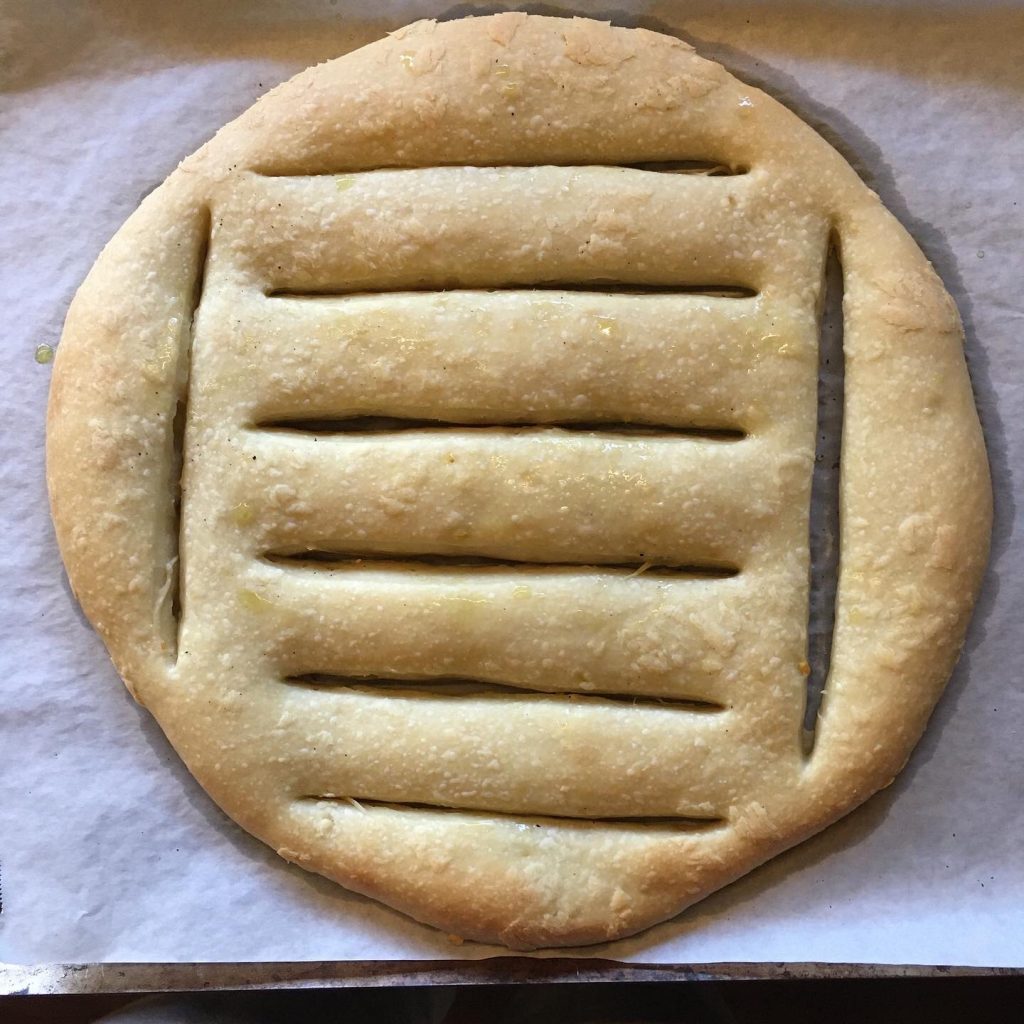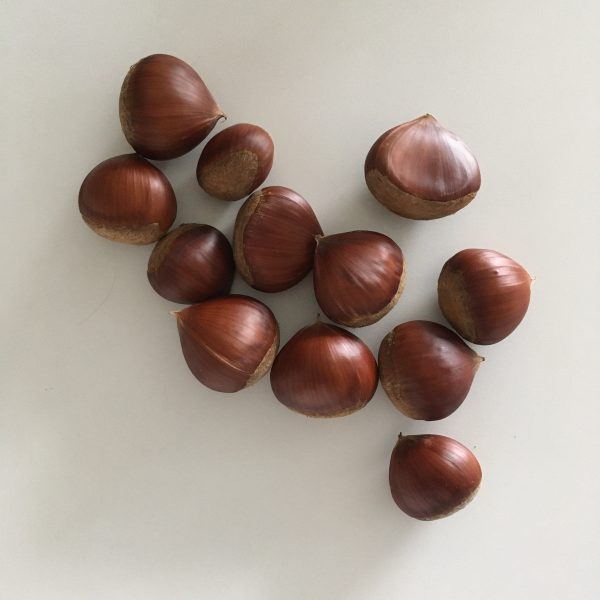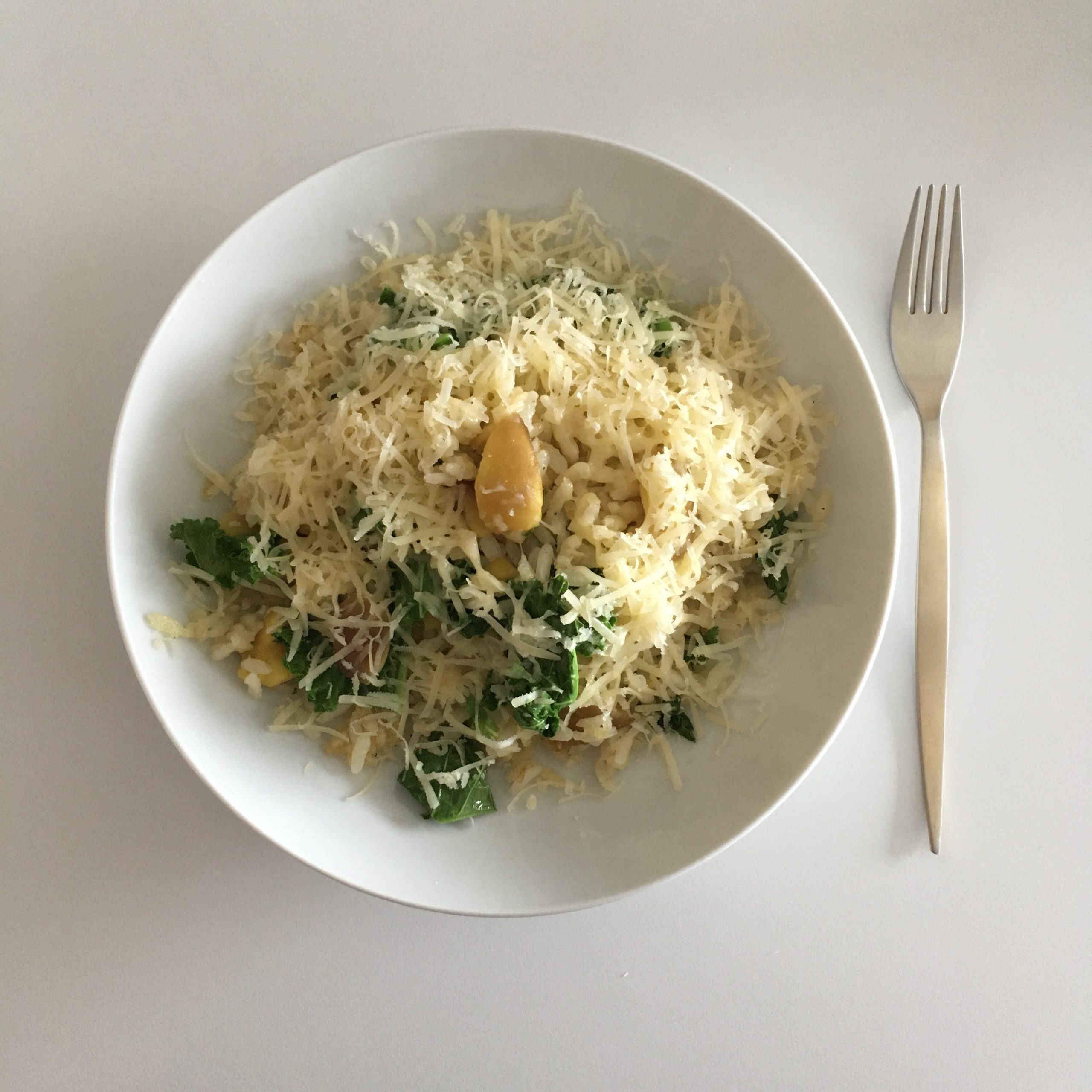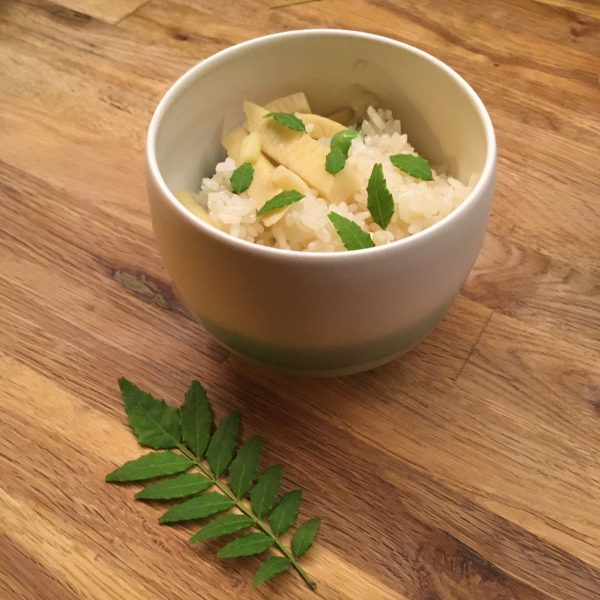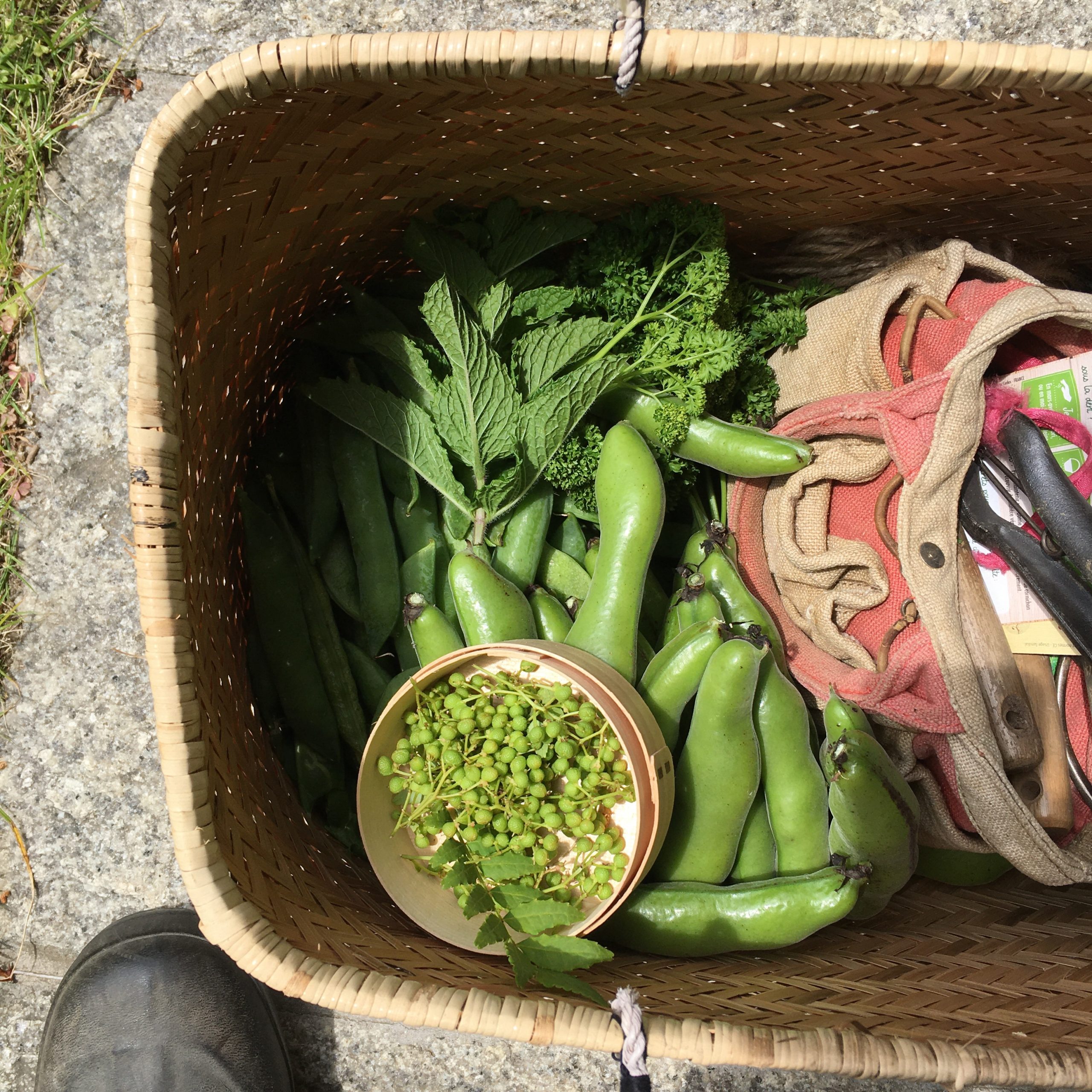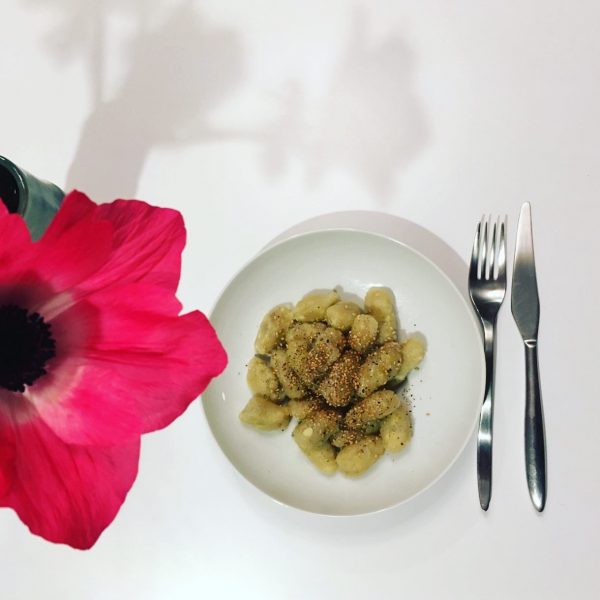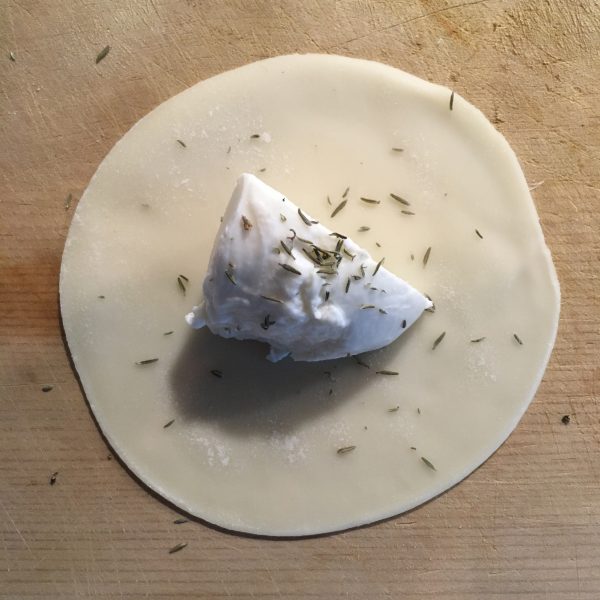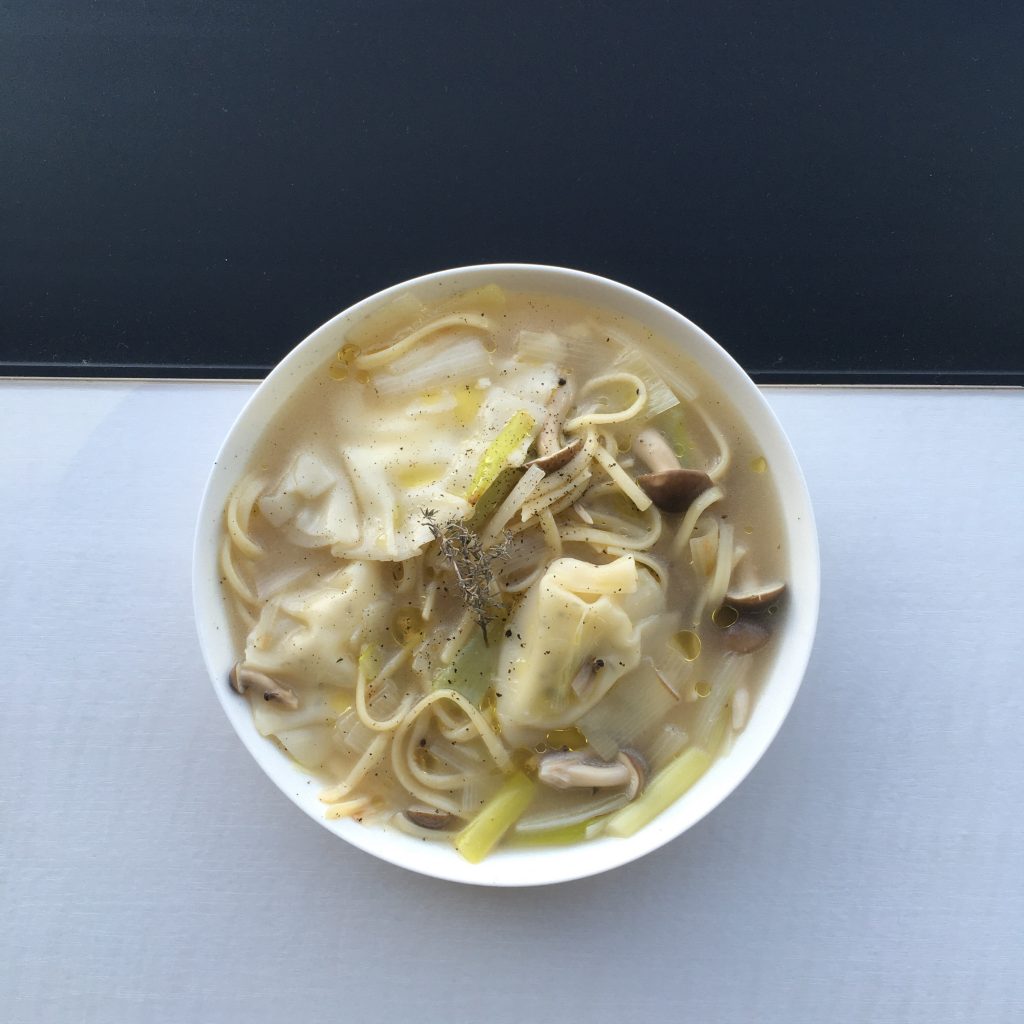In France, the early summer is the end of the school year, and more than often children go on day trips. In which case parents should provide a lunch box. I have no idea what today’s lunch boxes look like, but when I was a child (saying that feels like I 80 years old or something!!!!), one very popular recipe for the lunch box was “rice salad”. There were two main versions: the cheese and ham one, usually with mayonnaise dressing, and the tuna one either with mayonnaise or olive oil. I personally liked the later best. With a piece of fresh local bonito, some cooked rice, and summer vegetables plenty, the menu for dinner tonight was all set: it would be a classic rice salad. Of course rice is a key ingredient in the recipe and I wasn’t sure it would work well with Koshihikari rice, but it is truly perfect.
For the other ingredients, that would be normally can-ready food: corn, tuna… but I don’t by much canned food, and it is the season for delicious local corn now. And it makes a much much better meal. Almost fancy!
Here is my recipe.
Rice salad (2 servings, one dish meal)
- 1/2 cup of rice
- 1/2 fresh corn
- 1/2 filet of fresh bonito
- 1 tomato
- 1/2 cucumber
- Olive oil
- Salt and pepper
- 1 leave of laurel
First, cook the rice, and boil the corn.
In a pan set the bonito filet, some olive oil and salt, pepper, laurel add a little of water and cook slowly under cover.
Dice the tomato and the cucumber.
In a large bowl, set the rice (much better if it has had time to cool down. Generously splash olive oil and stir. Add the tomato and the cucumber. Stir again. Once the corn is cooked and had cooled down, add the husked corn, pull the bonito, like you would do with pork and add too. Stir, add salt and pepper if you feel it’s needed. Enjoy at room temperature or chilled.
